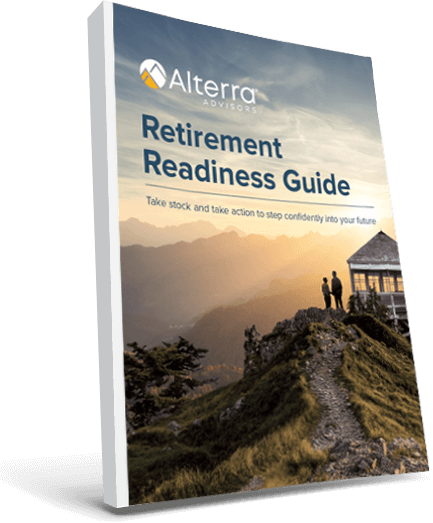Building an investment strategy involves balancing a variety of goals. You don’t want all your eggs in one basket, and you need your money to grow without paying too much in taxes along the way. A simple and effective way to diversify involves the use of mutual funds or exchange-traded funds (ETF), pooled investments with thousands of other investors that give you the ability to invest in more stocks to spread out the risk.
While ETF and mutual fund portfolios can provide diversification, you can’t always control when gains or losses are realized, resulting in potentially higher taxes if you’re in a high income tax bracket or if you’ve built a large portfolio. While not very impactful in smaller values accounts, when values exceed $100,000, taxes can become an unwelcome burden.
An investment approach called Direct Indexing could be a cost-effective way to personalize your approach and maintain a diversified portfolio. Here’s an overview of this strategy and how we can determine if this is a fit for you.
What is Direct Indexing?
Direct Indexing seeks to replicate an index like the S&P 500 but with more opportunity to reduce taxes. Here are a few of the key concepts to understand this unique portfolio strategy:
- Direct indexing invests directly in stocks, rather than a fund.
- If you own an S&P 500 ETF or mutual fund, for example, you own a piece of all 500 companies without the ability to sell some and keep others.
- If your portfolio uses direct indexing, you own many of the individual stocks, rather than a fund.
- Because you own the stocks, you have more control over when these positions are bought and sold, opening more opportunities for tax-loss harvesting, strategically selling some stocks at a loss to reduce taxes you’ll pay on gains for that year.
Is Direct Indexing for me?
The power of Direct Indexing is in the ability to customize holdings and manage taxes. So, if you’re at risk of paying high taxes, this strategy could be for you. According to Morningstar, you should consider Direct Indexing if:
Long-Term Investor
You’re a long-term investor who is comfortable investing in the broad US stock market.
Substantial Assets
You have substantial assets in accounts with one or more of the following characteristics:
- High-turnover stock accounts. You have a stock portfolio that buys and sells shares regularly.
- Actively managed funds. You own mutual funds that buy and sell shares regularly.
- Infrequently traded securities. You periodically realize large, long-term capital gains, such as profitable positions in company stock.
High income taxes
This strategy has a positive potential tax effect on all users but carries an increased benefit for those in high tax brackets.
Why is tax-loss harvesting so important?
Every dollar of tax you pay takes money from your pocket and sends it to the government, reducing your net return. Here’s how:
- Managing taxes in your portfolio can directly add to your bottom line. In “Sizing up the Potential Tax Benefits of Direct Indexing”, Morningstar shows that tax-loss harvesting would have added 1.04% in annual returns on taxable investment portfolios for those in top income tax brackets between January 1999 and March 2022.
- This is a longstanding strategy that has historically been done manually a few times throughout the year in most cases.
- Direct indexing uses advancements in technology to automate this process and look for tax-savings throughout the year.
Is Direct Indexing new?
The term “direct indexing” is new, but it’s essentially a combination of two time-tested strategies in a new, more scalable way:
- Portfolios that own individual stocks, often called “separately managed accounts”, have been used by high-net-worth investors for decades.
- Tax-loss harvesting, using losses to offset gains, has also been used to reduce taxes in individual stock accounts for many years.
- Direct indexing simply combines these strategies using advancements in technology and trading efficiency to make them accessible to many more investors.
We don’t want to let taxes entirely dictate your investment approach. The most important thing is that you arrive at your destination on time. But if you’ve built a large taxable investment portfolio, Direct Indexing can help reduce the impact of taxes on your nest egg and keep more in your pocket, perhaps helping you reach your goals ahead of schedule!
The S&P 500 is an unmanaged, market value weighted index with each stock’s weight in the index proportionate to its market value and considered to be representative of the stock market in general. Clients cannot invest directly in an index. Investing in securities involves risk of loss and no investment process is free of risk. No investment strategy, diversification approach, or risk management technique can guarantee returns or eliminate risk in any market environment.
The “Alterra” name was coined by joining the Latin roots “alter”, the origin of the word “altruism” with “terra” meaning earth or land. This name reflects the company philosophy of “clients before profits” and providing firmly grounded advice.


